Home>Garden Essentials>When Do Dandelions Germinate
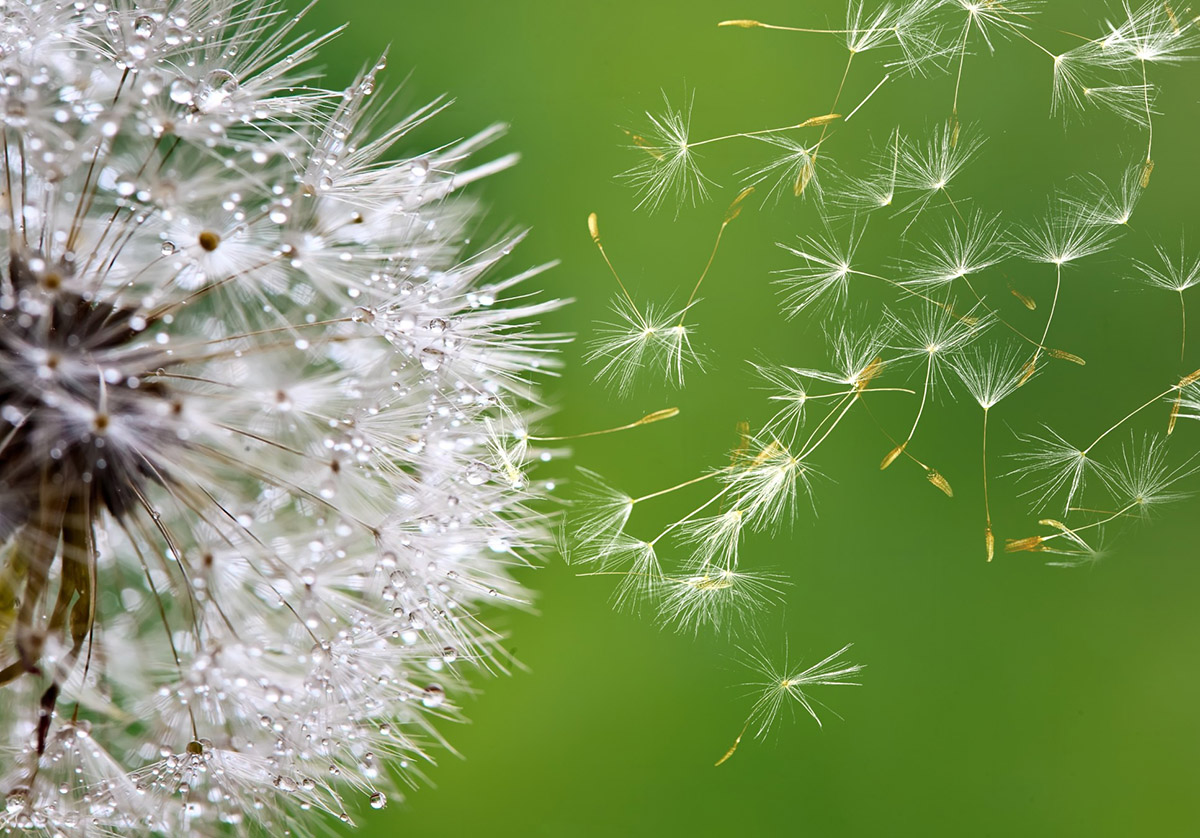

Garden Essentials
When Do Dandelions Germinate
Modified: March 15, 2024
Learn when dandelions germinate in your garden and how to control them. Get expert tips and advice for a weed-free lawn.
(Many of the links in this article redirect to a specific reviewed product. Your purchase of these products through affiliate links helps to generate commission for Storables.com, at no extra cost. Learn more)
Introduction
Welcome to the wonderful world of dandelions! These resilient and ubiquitous plants have long been a source of fascination for gardeners and nature enthusiasts alike. Dandelions, scientifically known as Taraxacum officinale, are commonly found in lawns, gardens, and even cracks in the pavement. Despite their reputation as stubborn weeds, dandelions actually have a fascinating lifecycle that begins with germination.
In this article, we will delve into the intricacies of dandelion germination and explore the factors that influence this process. By understanding the optimal conditions necessary for dandelions to germinate, you can better control their growth and minimize their presence in your garden.
So, let’s embark on this journey to uncover the secrets of when and how dandelions germinate!
Key Takeaways:
- Dandelion germination depends on temperature, light, soil moisture, and seed dormancy. Understanding these factors helps gardeners control dandelion growth and create a thriving garden ecosystem.
- Balancing light exposure, soil moisture, and temperature is key to successful dandelion germination. By managing these factors, gardeners can minimize unwanted dandelion growth and nurture a healthy garden.
Read more: When Do Dandelions Germinate In Michigan
Factors Influencing Dandelion Germination
Dandelion germination is influenced by various factors that determine the conditions under which these plants can successfully sprout and grow. Understanding these factors can help you plan your gardening activities more effectively and prevent unwanted dandelion growth. Let’s explore these factors in more detail:
- Temperature: Temperature plays a crucial role in dandelion germination. Dandelion seeds require specific temperature ranges to break their dormancy and begin the germination process. Generally, temperatures between 50°F and 86°F (10°C and 30°C) are most favorable for dandelion germination. Cooler temperatures may slow down or inhibit germination, while excessively high temperatures can also impede the process.
- Light: Dandelion seeds have a unique light sensitivity. They require exposure to light for proper germination. This means that if dandelion seeds are buried too deep in the soil, they may fail to germinate. However, exposing the seeds to excessive light can also hinder germination. Dandelion seeds prefer a moderate amount of light, so it’s important to ensure they are planted at the appropriate depth.
- Soil Moisture: Adequate soil moisture is vital for dandelion germination. The seeds need a moist environment to soften the seed coat and activate the germination process. Dandelion seeds generally require consistent moisture during the germination period. However, excessive moisture can also lead to issues like fungal growth or rot, so it’s crucial to strike a balance and avoid overwatering.
- Soil Type: Dandelions are known for their ability to thrive in various soil types. They can adapt to a wide range of conditions, including sandy, loamy, and clay soils. However, loose and well-drained soil that allows oxygen to reach the roots is most favorable for dandelion germination. Compacted or waterlogged soils can impede seed germination and hinder root growth.
- Nutrients: While dandelions can survive in nutrient-deficient soils, they do require certain essential nutrients for optimal germination and growth. Adequate levels of nitrogen, phosphorus, and potassium, as well as micronutrients, can support healthy germination and help dandelions establish themselves. However, excessive nutrient levels can promote rapid weed growth, so proper soil testing and fertilization are important.
By considering these factors, you can create more favorable conditions for desired plants in your garden while minimizing the chances of unwanted dandelion growth. Understanding how temperature, light, soil moisture, soil type, and nutrients influence dandelion germination will empower you to make informed decisions and cultivate a thriving garden.
Temperature Requirements for Dandelion Germination
Temperature plays a critical role in the germination process of dandelion seeds. To successfully germinate, dandelion seeds require specific temperature ranges that provide optimal conditions for their growth. Let’s dive deeper into the temperature requirements for dandelion germination:
Dandelion seeds are adapted to temperate climates and thrive in regions with mild to moderate temperatures. The ideal temperature range for dandelion germination is around 50°F to 86°F (10°C to 30°C). Within this range, the seeds are more likely to break their dormancy and start the germination process.
If the temperature falls below 50°F (10°C), dandelion seed germination may be delayed or inhibited. Cold temperatures can slow down metabolic processes and delay the seed’s ability to absorb water and nutrients. As a result, the seeds may remain dormant for a longer period until optimal conditions are met.
On the other hand, extremely high temperatures can also negatively impact dandelion germination. If the temperature exceeds 86°F (30°C), the seeds may experience thermal stress, leading to a decreased germination rate. Additionally, prolonged exposure to high temperatures can cause the seed coat to become hardened, making it more difficult for water to penetrate and initiate germination.
It’s worth noting that dandelion seeds can exhibit a level of temperature dormancy, which means they may remain dormant until conditions become more favorable. This is a survival mechanism that ensures the seeds germinate when temperatures are suitable for their growth and development.
It’s important to consider the average temperature conditions in your region and the time of year when planning dandelion control measures or sowing dandelion seeds intentionally. Spring and fall are generally the seasons with milder temperatures, providing optimal conditions for dandelion germination.
By understanding the temperature requirements for dandelion germination, you can strategically plan your gardening activities and take advantage of the best times to sow seeds or implement weed control measures. Maintaining a consistent temperature range within the favorable limits will increase the likelihood of successful dandelion germination and help you achieve your desired gardening outcomes.
Light Conditions and Dandelion Germination
Light is a crucial factor that influences the germination of dandelion seeds. Unlike some other plant species, dandelion seeds require exposure to light in order to germinate successfully. Understanding the impact of light conditions on dandelion germination can help you effectively manage their growth in your garden. Let’s explore this relationship in more detail:
Dandelion seeds possess a unique light requirement known as “positive photoblasticity.” This means that they rely on light signals to initiate the germination process. When dandelion seeds are exposed to moderate levels of light, it triggers a biological response that signals the seed to begin its growth cycle.
If dandelion seeds are covered or buried too deeply in the soil, limiting their exposure to light, their germination rate can significantly decrease. Insufficient light can delay the germination process or prevent it from occurring altogether. Therefore, it’s important to ensure that dandelion seeds are planted at the appropriate depth, allowing them access to the necessary light for successful germination.
On the other hand, excessive light can also inhibit dandelion germination. If seeds are exposed to prolonged direct sunlight, their viability can be compromised. This is why dandelions often thrive in lawns with thinning or patchy grass, where the seeds can receive an optimal balance of light and shade.
Considering the light requirements of dandelion seeds, it’s essential to find a balance when planning your gardening activities. Planting dandelion seeds at a depth where they can access the right amount of light is crucial for successful germination.
If you are looking to control dandelion growth, understanding their light requirements can work to your advantage. Regularly mowing your lawn at a lower height can discourage dandelion growth by minimizing the light exposure that reaches the seeds. Additionally, ensuring a healthy, lush turf can help shade the soil surface, making it less favorable for dandelion seed germination.
In summary, dandelion germination is influenced by light conditions. Dandelion seeds require exposure to moderate levels of light to initiate germination. Avoid burying the seeds too deeply and maintain optimal light levels to increase the chances of successful dandelion germination or implement control measures to limit their growth. By managing light conditions effectively, you can maintain a beautiful and dandelion-free garden.
Dandelions germinate in early spring when the soil temperature reaches around 55-60°F. Keep an eye on the soil temperature to predict when they will start growing.
Soil Moisture and Dandelion Germination
Soil moisture is a crucial factor that directly affects the germination of dandelion seeds. The amount of moisture in the soil plays a significant role in determining whether dandelion seeds will successfully sprout and grow. Understanding the relationship between soil moisture and dandelion germination is essential for effective gardening and weed control. Let’s explore this connection in more detail:
Dandelion seeds have a dormancy mechanism that prevents them from germinating immediately after they are dispersed. This dormancy can be broken by the presence of moisture. When dandelion seeds come into contact with moist soil, it softens their seed coat and triggers the germination process.
However, it’s important to note that excessive moisture can also hinder dandelion germination. If the soil becomes waterlogged or oversaturated with moisture, it creates an oxygen-deprived environment that can inhibit seed germination and promote fungal diseases. Proper drainage is crucial to prevent waterlogging and create an optimal environment for dandelion seeds to germinate.
On the other hand, insufficient moisture in the soil can also impede dandelion germination. Dry and arid conditions can prevent the seeds from absorbing water, preventing the germination process from occurring. Maintaining adequate soil moisture levels is paramount for dandelion seeds to break dormancy and initiate germination.
Timing is another important consideration when it comes to soil moisture and dandelion germination. Ideally, dandelion seeds should be sown or come into contact with moist soil during periods of consistent moisture. This will provide the optimal conditions necessary for the seeds to absorb moisture and begin the germination process.
In summary, soil moisture is a critical factor that influences dandelion germination. Dandelion seeds require adequate moisture in the soil to break dormancy and initiate seed germination. However, it’s important to maintain a balance and ensure proper drainage to prevent waterlogging, which can hinder germination and promote fungal diseases. By managing soil moisture effectively, you can create a favorable environment for dandelion germination or implement control measures to minimize their growth.
Read more: When Do Dandelions Seed
The Role of Seed Dormancy in Dandelion Germination
Seed dormancy is a natural mechanism that allows plants to delay germination until conditions are favorable for growth and survival. Dandelion seeds, like many other plant species, exhibit a level of dormancy, which is an important factor in their germination process. Understanding the role of seed dormancy in dandelion germination can help you better manage their growth in your garden. Let’s explore this concept further:
Dandelion seeds possess a protective seed coat that prevents immediate germination once the seeds are dispersed. This seed coat acts as a barrier, preventing the seed from absorbing water and initiating growth. This dormancy mechanism allows the seeds to survive unfavorable conditions, such as extreme temperatures or drought.
Seed dormancy ensures that dandelion seeds do not germinate prematurely, before optimal conditions for growth are met. The specific factors that break seed dormancy and initiate germination in dandelions can vary, but moisture and light are often key triggers.
When dandelion seeds come into contact with moisture, it softens the seed coat, allowing water to penetrate and initiate the germination process. Additionally, exposure to light can also play a role in breaking dormancy and stimulating germination in dandelion seeds.
It’s important to note that not all dandelion seeds will germinate at the same time. Some seeds may remain dormant for extended periods, waiting for the right conditions to germinate. This staggered germination ensures the survival and spread of dandelions over time, as some will germinate immediately, while others remain dormant until conditions improve.
Understanding the dormancy period of dandelion seeds can inform your gardening and weed control practices. For instance, if you are aware that dandelion seeds have the potential to remain dormant for a long time, it highlights the importance of consistent weed management strategies to prevent new seedlings from emerging.
In summary, seed dormancy is a vital component of dandelion germination. The protective seed coat delays germination until favorable conditions, such as moisture and light, are present. Recognizing the role of seed dormancy in dandelion germination can help you develop effective strategies to manage their growth and cultivate a thriving garden.
Conclusion
Dandelions are remarkable plants with a fascinating germination process that is influenced by several key factors. By understanding these factors, gardeners can better control dandelion growth and create an environment that nurtures desired plants. Throughout this article, we have explored the temperature requirements, the role of light, the importance of soil moisture, and the impact of seed dormancy on dandelion germination.
Temperature plays a crucial role in dandelion germination, with a temperature range of 50°F to 86°F (10°C to 30°C) providing optimal conditions for seed development. Light conditions are also essential, as dandelion seeds require exposure to moderate levels of light to initiate germination. Ensuring appropriate soil moisture levels is vital for dandelion seed softening and germination, while proper drainage is crucial to prevent waterlogging. Seed dormancy is a natural adaptation that allows dandelion seeds to delay germination until favorable conditions, such as moisture and light, are present.
By considering these factors and implementing appropriate gardening techniques, such as proper watering and mowing practices, gardeners can minimize the growth of dandelions and maintain a healthier garden ecosystem. Understanding the optimal conditions for dandelion germination empowers you to make informed decisions and take proactive steps towards weed control.
In addition to managing dandelions, it’s important to remember that they also serve ecological purposes. Dandelions are valuable sources of nectar for pollinators like bees and butterflies, and their deep taproots can help improve soil health by aerating the ground and cycling nutrients.
As you continue your gardening journey, embrace the challenge of managing dandelions while recognizing the beauty and resilience of these plants. With knowledge and careful planning, you can create a garden that thrives while minimizing unwanted dandelion growth. Happy gardening!
Frequently Asked Questions about When Do Dandelions Germinate
Was this page helpful?
At Storables.com, we guarantee accurate and reliable information. Our content, validated by Expert Board Contributors, is crafted following stringent Editorial Policies. We're committed to providing you with well-researched, expert-backed insights for all your informational needs.
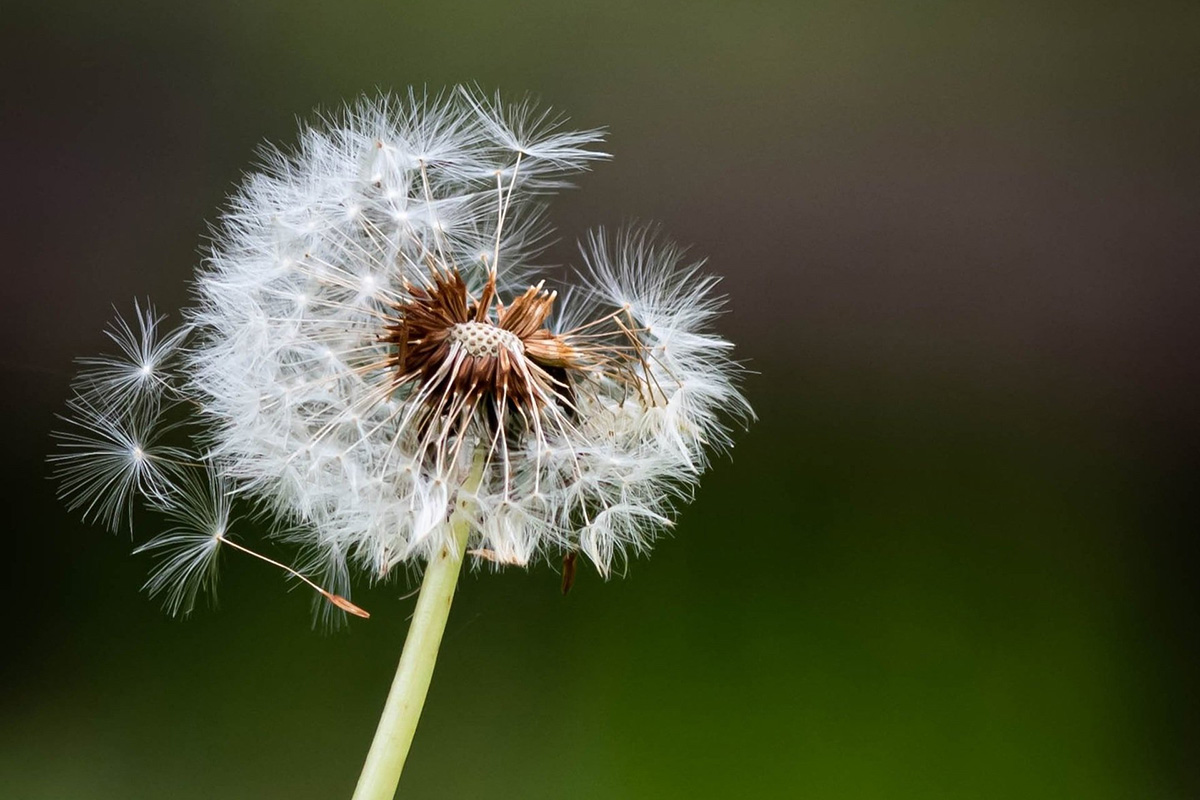
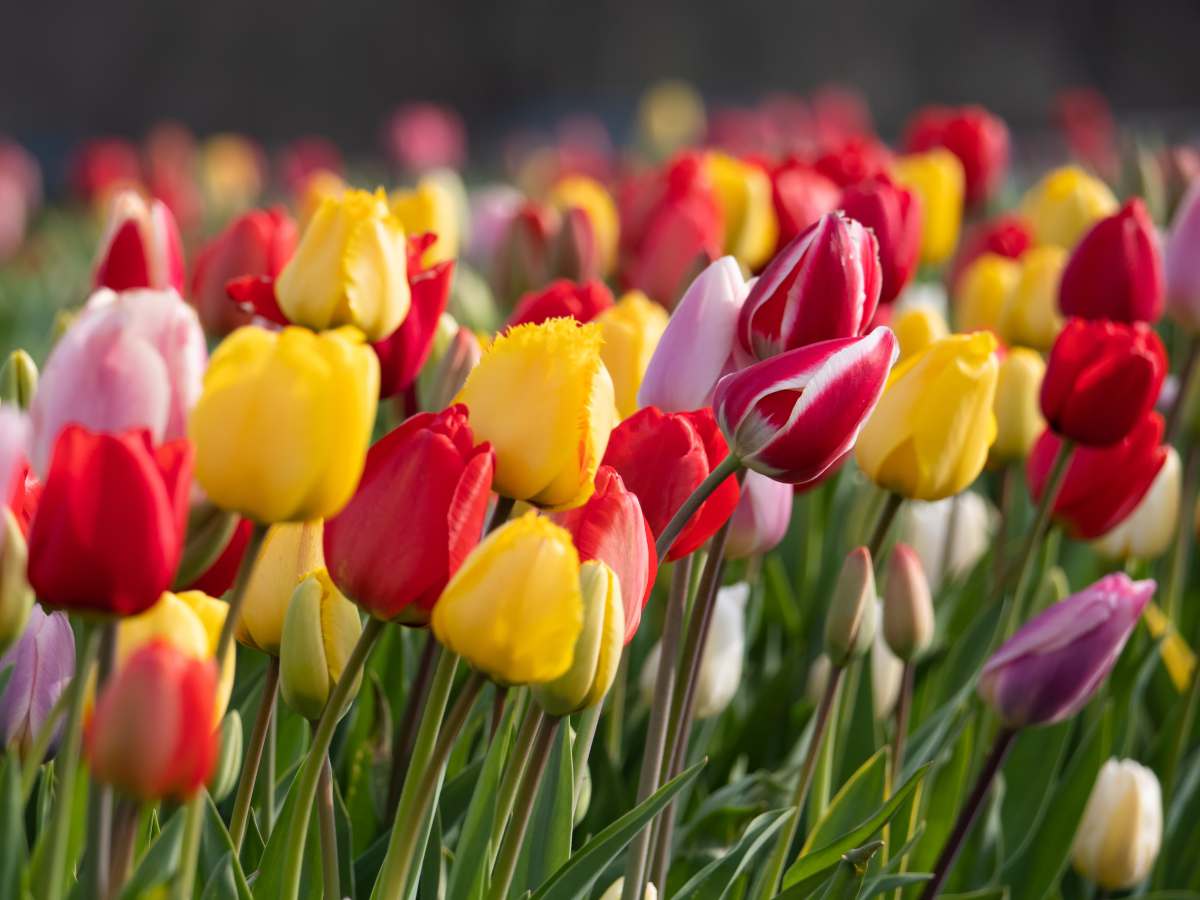
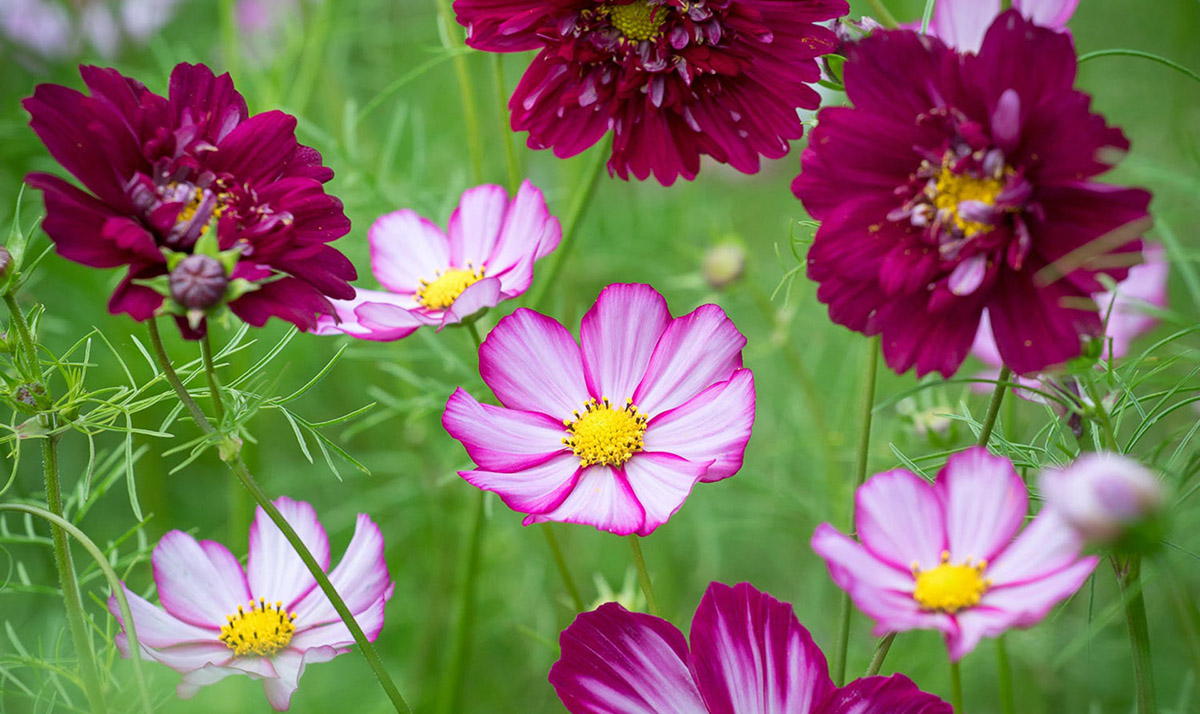
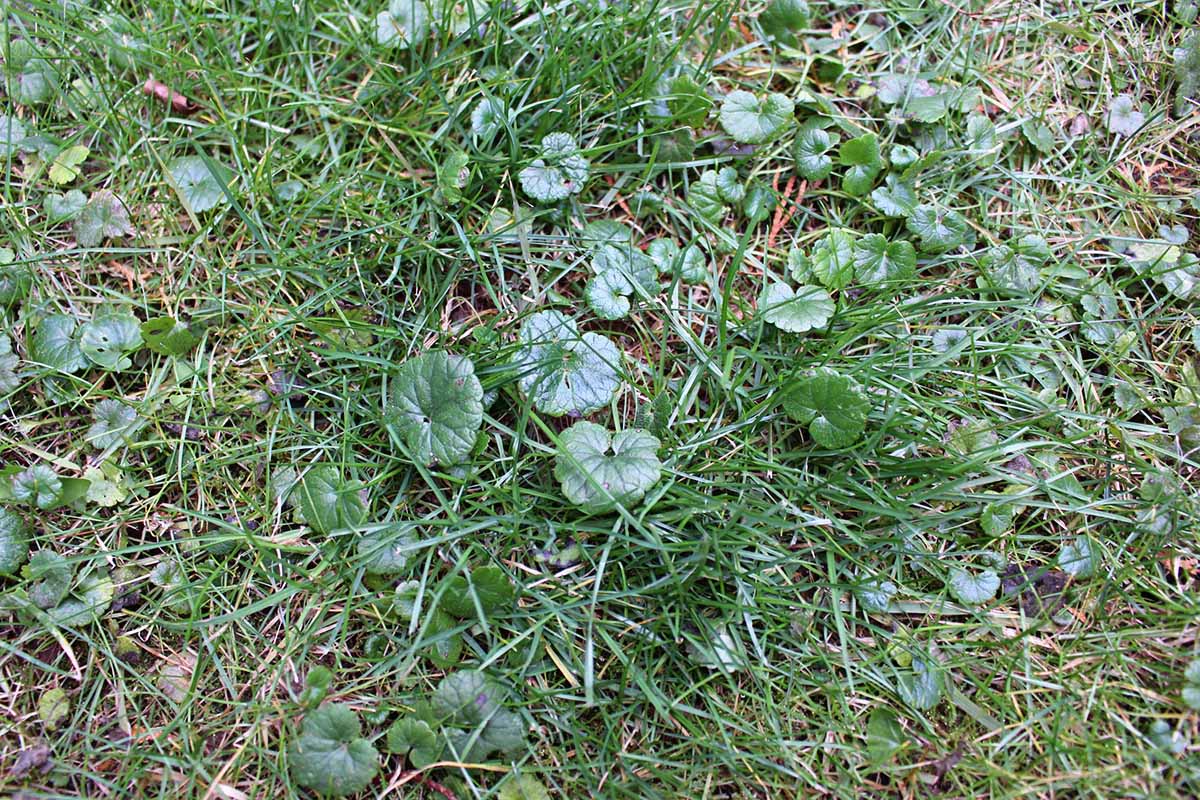
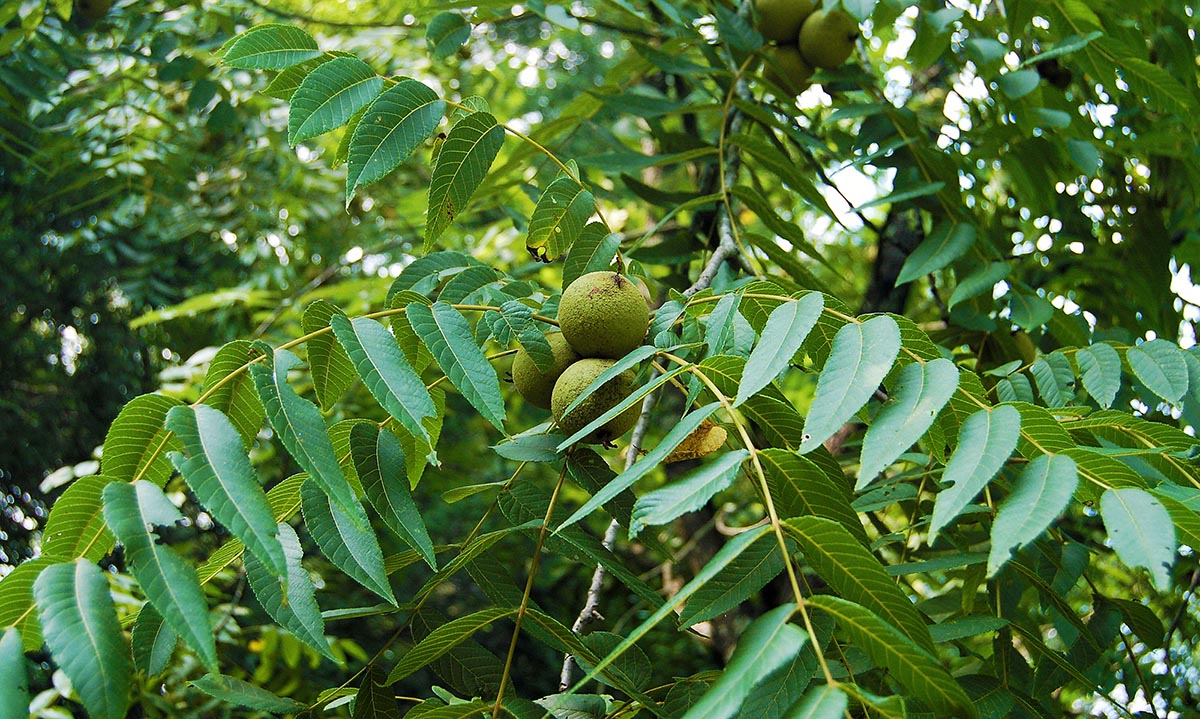
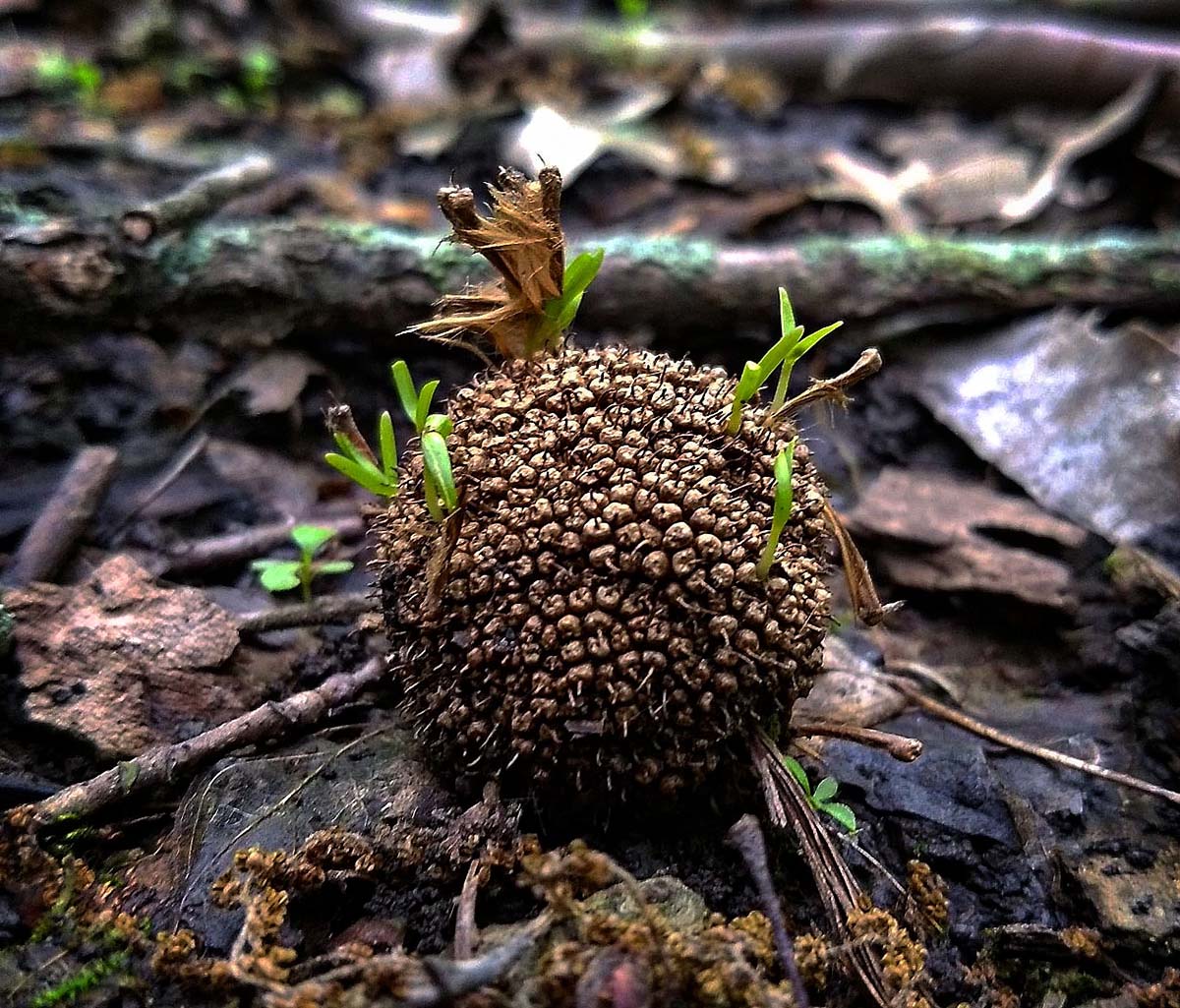
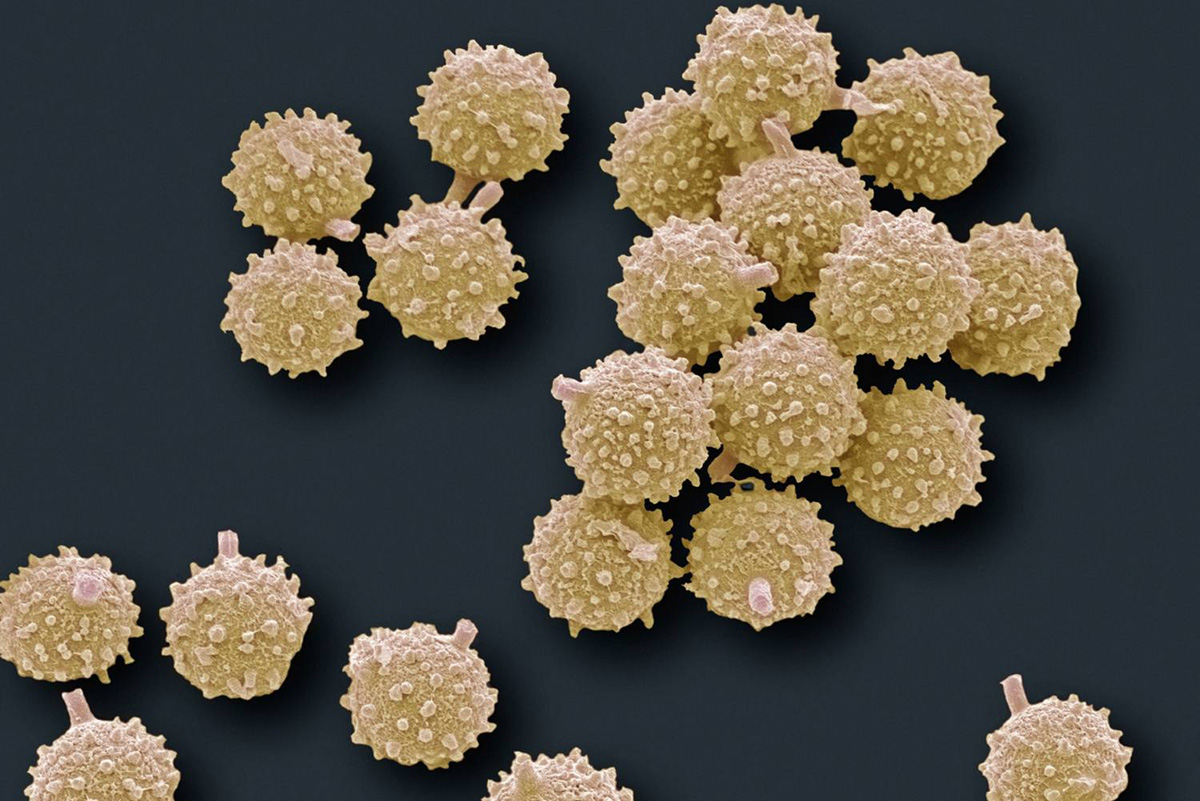

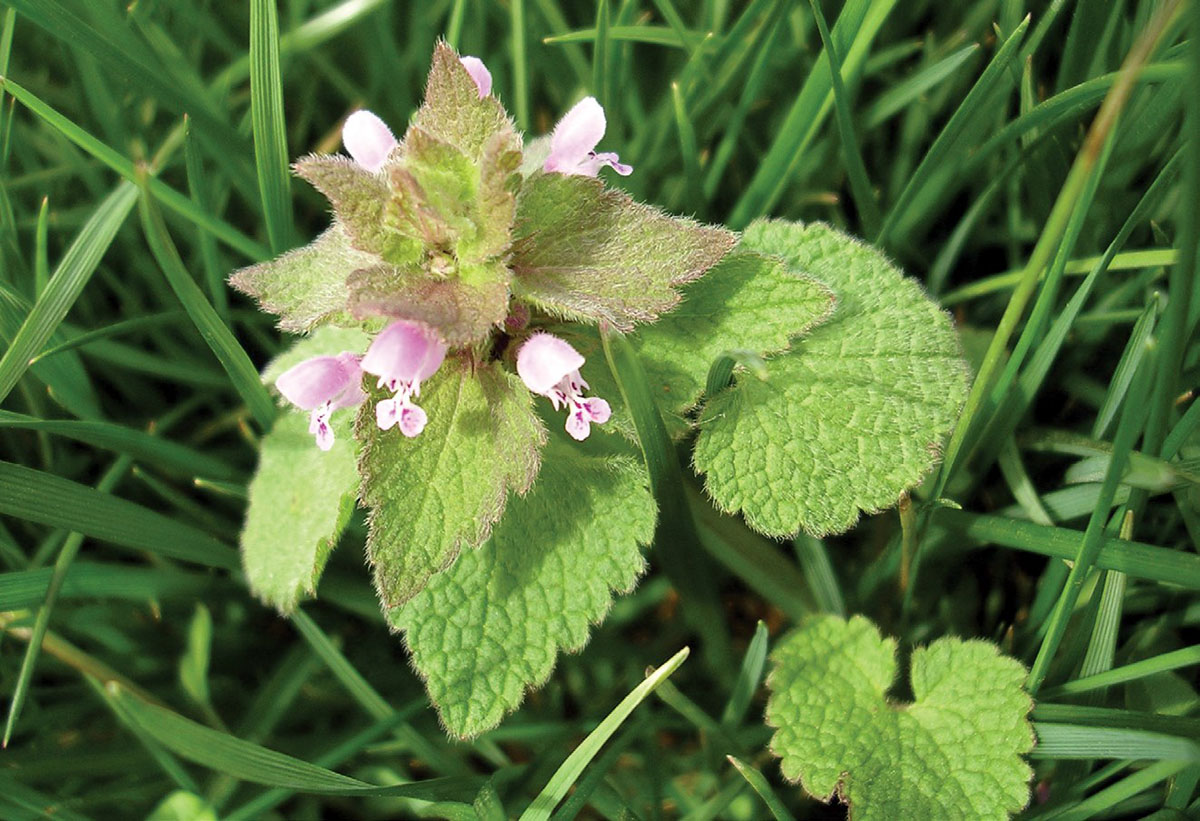
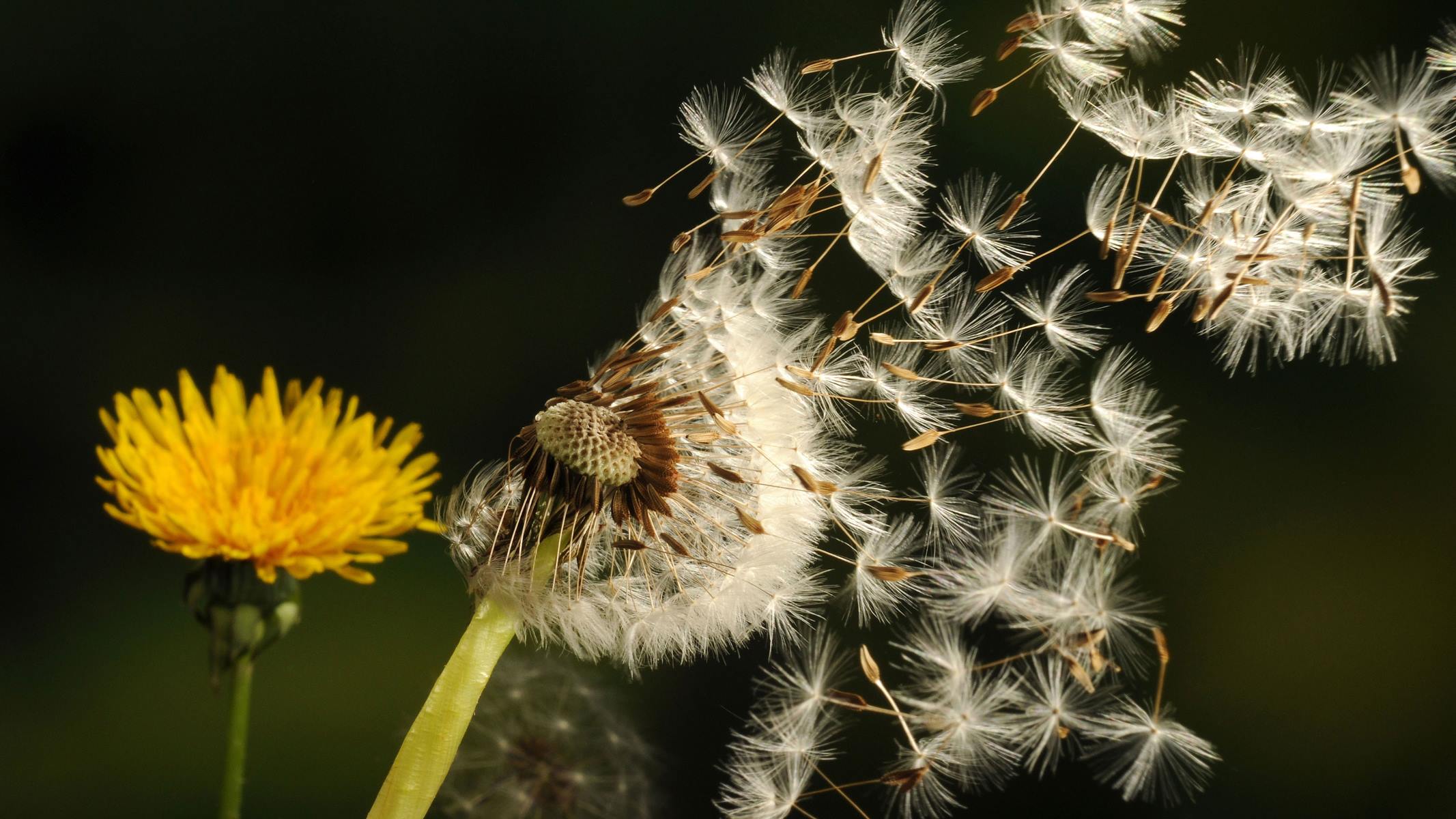
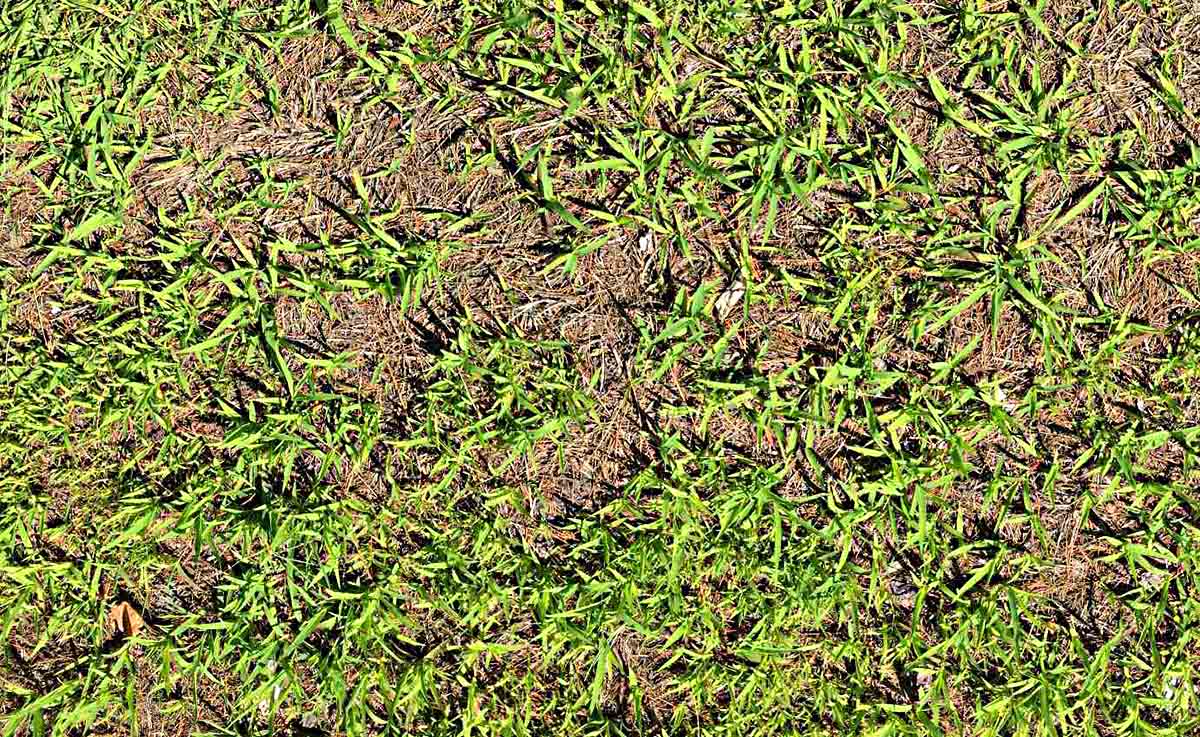
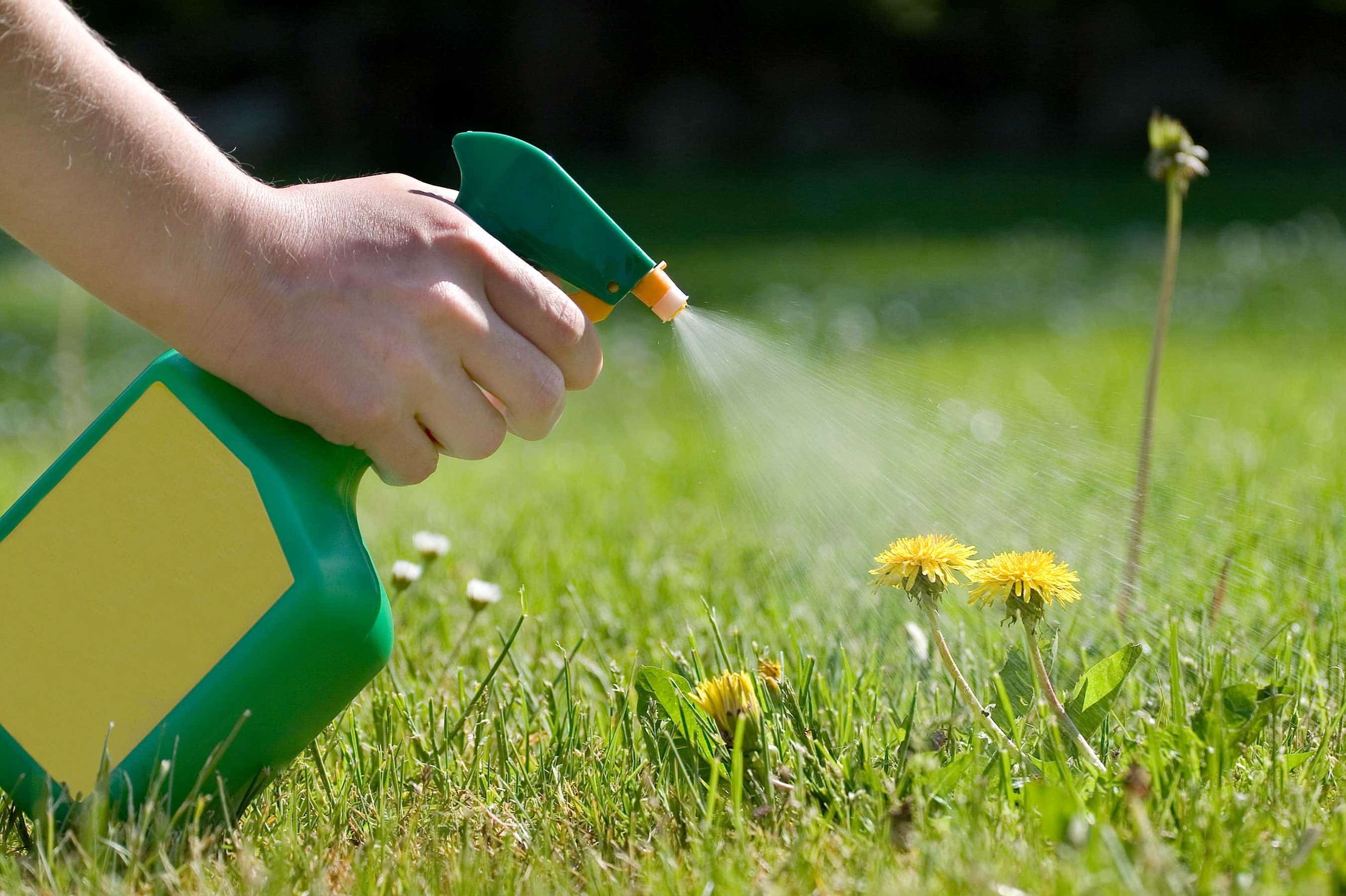
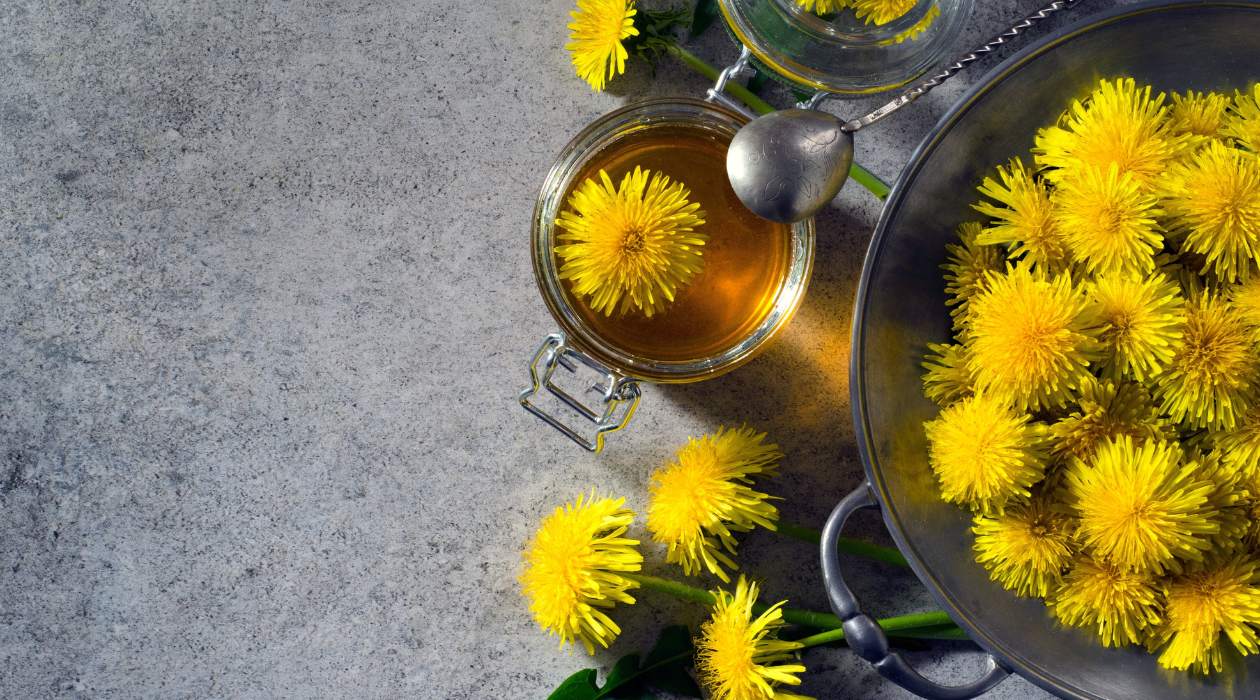
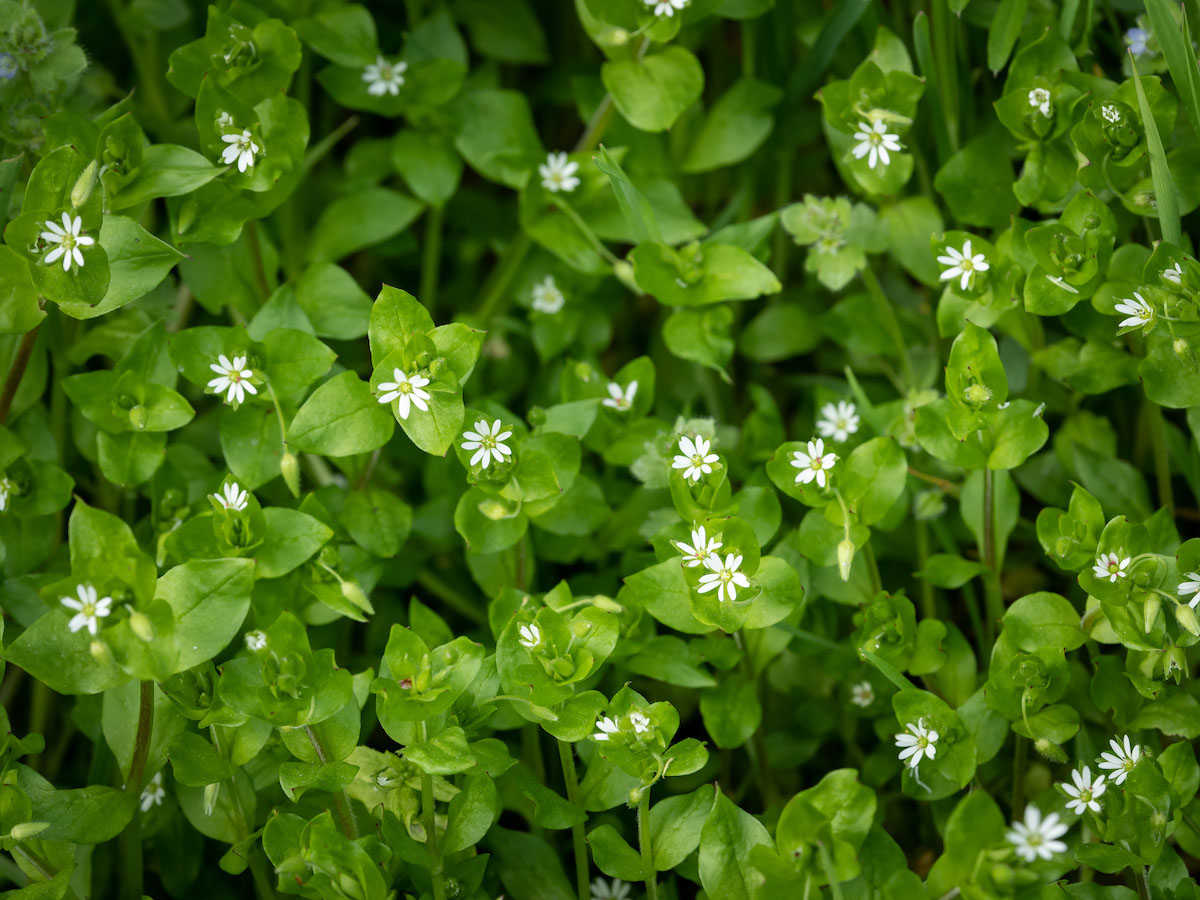

0 thoughts on “When Do Dandelions Germinate”